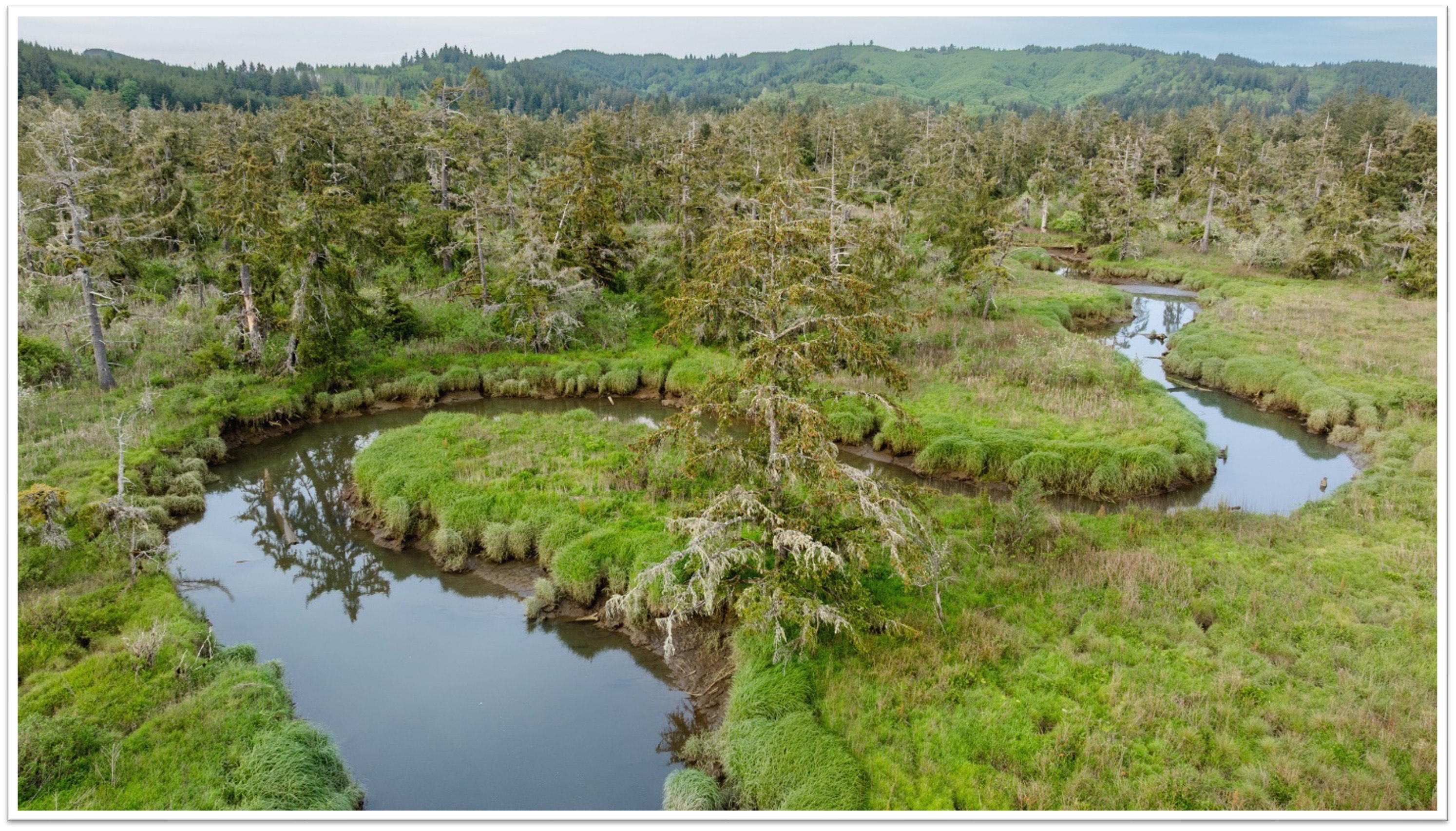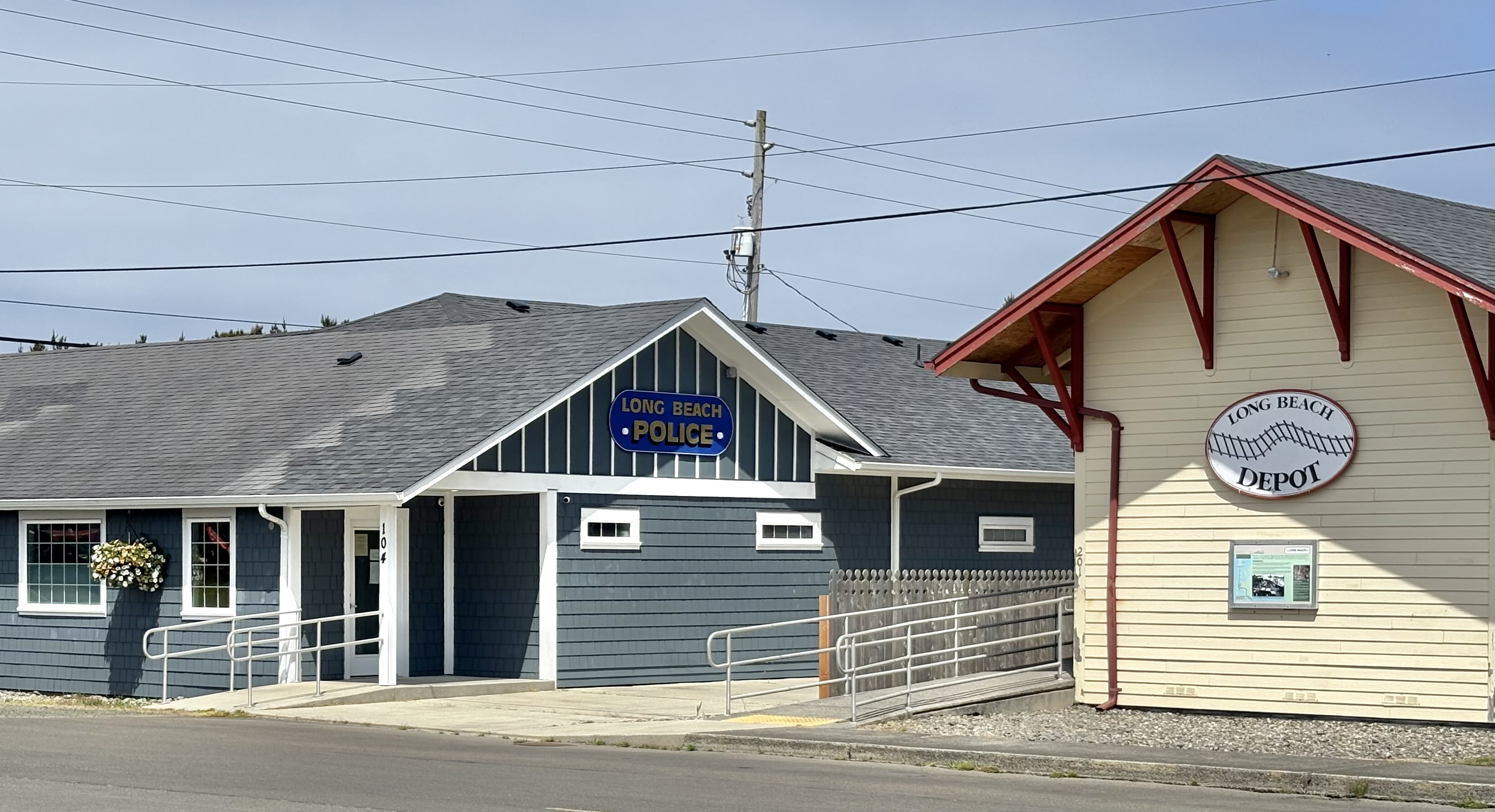Clam season likely but numbers down
Published 1:04 pm Monday, September 18, 2023

- Lacey Long, 3, of Marysville, watches as her sister Ariel, 6, lifts a clam from the sand near Seaview earlier this year.
OLYMPIA — On the up side, it appears likely there will be razor clam digging on the peninsula starting Sept. 29 through Oct. 2. On the down side, the number of clams has plummeted to less than a quarter of what there were in the pandemic-scuttled season of 2020-21.
Of the four clamming areas on Washington’s outer coast, a timely start to the season appears most likely here on the peninsula and on the Twin Harbors beach from approximately Tokeland to Westport, based on recent testing for the marine toxin domoic acid.
Toxin level good
On the peninsula, all of which is labeled as Long Beach by the Washington Department of Fish and Wildlife, domoic levels have been stable since this April when clamming was allowed after a lengthy toxin closure. Samples taken at three local locations Sept. 13 found 11, 7 and 7 parts per million of the toxin clam meat, comfortably below the safety threshold of 20 ppm. There is a smaller margin of error in Twin Harbors clams, with Sept. 14 samples showing 15, 9 and 8 ppm, up from 14, 12 and 9 on Aug. 29.
Sampling at the beaches from Ocean Shores to the southern boundary of the Quinault Indian Reservation show clams barely below 20 ppm, suggesting the season is unlikely to begin there in the immediate future.
The Washington State Department of Health requires two test samples taken 7-10 days apart, and domoic acid levels must fall under the guideline level before a beach can reopen for digging. Domoic acid, a natural toxin produced by certain types of marine algae, can be harmful or fatal if consumed in sufficient quantities.
Final approval of marine toxin testing usually occurs about a week or less — sometimes two to three days — before the start of each digging series. The Chinook Observer will announce digs as soon as they are authorized.
Clam numbers
The number of clams in peninsula sands has plunged from what it was in the recent past, possibly because many reached the end of their five-year lives.
WDFW’s thorough summertime census of clams — in which all are pumped out of sample holes and then counted — estimated just over 6 million full-size clams available this coming season from North Head to Leadbetter Point. The peninsula’s total allowable catch for 2023-24 will be about 2.15 million clams, down from 6 million last year.
Twin Harbors in north Pacific/south Grays Harbor had a count of a little over 3.5 million full-grown clams. The total allowable catch there is set at 1.28 million.
Both Pacific County beaches have large numbers of smaller clams, which promise a return to more ample digs in future years. The peninsula’s current all-size estimate is about 27 million, compared to roughly 60 million in 2020-21.
“We enter the 2023-24 season with a smaller coastal razor clam population than the past few years, but it still remains strong and healthy enough to provide ample digging opportunity this fall and early winter,” said Bryce Blumenthal, a WDFW coastal shellfish biologist.
On all open beaches, the daily limit is 15 clams per person. Each digger’s clams must be kept in a separate container, and all diggers must keep the first 15 clams they dig, regardless of size or condition.
“It’s important that diggers keep the clams they dig to prevent wastage,” Blumenthal said. “It’s not unusual to encounter some small clams, especially this early in the season.”
Forthcoming dates — contingent on acceptable domoic levels — along with low tides and beaches:
• Sept. 29, Friday; 7:18 p.m.; -0.4 feet; Long Beach, Twin Harbors, Mocrocks
• Sept. 30, Saturday; 8:04 p.m.; -0.9 feet; Long Beach, Twin Harbors, Copalis
• Oct. 1, Sunday, 8:49 p.m.; -1.0 feet; Long Beach, Twin Harbors, Mocrocks
• Oct. 2, Monday, 9:36 p.m.; -0.9 feet; Long Beach, Twin Harbors, Copalis
•••
• Oct. 14, Saturday, 7:17 p.m.; 0.2 feet; Long Beach, Twin Harbors, Mocrocks
• Oct. 15, Sunday,7:52 p.m.; -0.1 feet; Long Beach, Twin Harbors, Copalis
• Oct. 16, Monday, 8:28 p.m.; -0.3 feet; Long Beach, Twin Harbors, Mocrocks
• Oct. 17, Tuesday, 9:06 p.m.; -0.4 feet; Long Beach, Twin Harbors, Copalis
• Oct. 18, Wednesday, 9:49 p.m.; -0.3 feet; Mocrocks
•••
• Oct. 27, Friday, 6:18 p.m.; -0.4 feet; Long Beach, Twin Harbors, Mocrocks
• Oct. 28, Saturday, 7:03 p.m.; -1.0 feet; Long Beach, Twin Harbors, Copalis
• Oct. 29, Sunday, 7:46 p.m.; -1.3 feet; Long Beach, Twin Harbors, Mocrocks
• Oct. 30, Monday, 8:29 p.m.; -1.3 feet; Long Beach, Twin Harbors, Copalis
• Oct. 31, Tuesday, 9:12 p.m.; -1.0 feet; Mocrocks
•••
• Nov. 12, Sunday, 5:53 p.m.; -0.3 feet; Mocrocks
• Nov. 13, Monday, 6:30 p.m.; -0.7 feet; Long Beach, Twin Harbors, Copalis
• Nov. 14, Tuesday, 7:09 p.m.; -0.9 feet; Long Beach, Twin Harbors, Mocrocks
• Nov. 15, Wednesday, 7:51 p.m.; -0.9 feet; Long Beach, Twin Harbors, Copalis
• Nov. 16, Thursday, 8:37 p.m.; -0.8 feet; Long Beach, Twin Harbors, Mocrocks
• Nov. 17, Friday, 9:27 p.m.; -0.5 feet; Copalis
• Nov. 18, Saturday, 10:22 p.m.; -0.1 feet; Mocrocks
•••
• Nov. 24, Friday, 4:18 p.m.; 0.0 feet; Long Beach, Twin Harbors, Copalis
• Nov. 25, Saturday, 5:05 p.m.; -0.7 feet; Long Beach, Twin Harbors, Mocrocks
• Nov. 26, Sunday, 5:49 p.m.; -1.2 feet; Long Beach, Twin Harbors, Copalis
• Nov. 27, Monday, 6:31 p.m.; -1.3 feet; Long Beach, Twin Harbors, Mocrocks
• Nov. 28, Tuesday, 7:12 p.m.; -1.2 feet; Long Beach, Twin Harbors, Copalis
• Nov. 29, Wednesday, 7:52 p.m.; -0.8 feet; Mocrocks
•••
• Dec. 13, Wednesday, 6:55 p.m.; -1.3 feet; Long Beach, Twin Harbors, Mocrocks
• Dec. 14, Thursday, 7:39 p.m.; -1.3 feet; Long Beach, Twin Harbors, Copalis
• Dec. 15, Friday, 8:25 p.m.; -1.2 feet; Long Beach, Twin Harbors, Mocrocks
• Dec. 16, Saturday, 9:12 p.m.; -0.8 feet; Long Beach, Twin Harbors, Copalis
• Dec. 17, Sunday, 10:01 p.m.; -0.3 feet; Long Beach, Twin Harbors, Mocrocks
•••
• Dec. 26, Tuesday, 6:18 p.m.; -0.9 feet; Long Beach, Twin Harbors, Copalis
• Dec. 27, Wednesday, 6:57 p.m.; -0.8 feet; Long Beach, Twin Harbors, Mocrocks
• Dec. 28, Thursday, 7:35 p.m.; -0.6 feet; Long Beach, Twin Harbors, Copalis
• Dec. 29, Friday, 8:11 p.m.; -0.3 feet; Long Beach, Twin Harbors, Mocrocks
Additional information
No digging is allowed before noon during digs when low tide occurs in the afternoon or evening.
All diggers age 15 or older must have an applicable fishing license to harvest razor clams on any beach. Licenses can be purchased from WDFW’s licensing website, and from hundreds of license vendors around the state. WDFW recommends buying your license before visiting coastal beach communities.
The updated 2023-24 Razor Clam Management Plan is available on WDFW’s website. For more information, go to WDFW’s razor clam webpage.
The Washington Department of Fish and Wildlife works to preserve, protect, and perpetuate fish, wildlife and ecosystems while providing sustainable fish and wildlife recreational and commercial opportunities.
Individuals who need to receive this information in an alternative format, language, or who need reasonable accommodations to participate in WDFW-sponsored public meetings or other activities may contact the Title VI/ADA Compliance Coordinator by phone at 360-902-2349, TTY (711), or email (Title6@dfw.wa.gov). For more information, see https://wdfw.wa.gov/accessibility/requests-accommodation.





